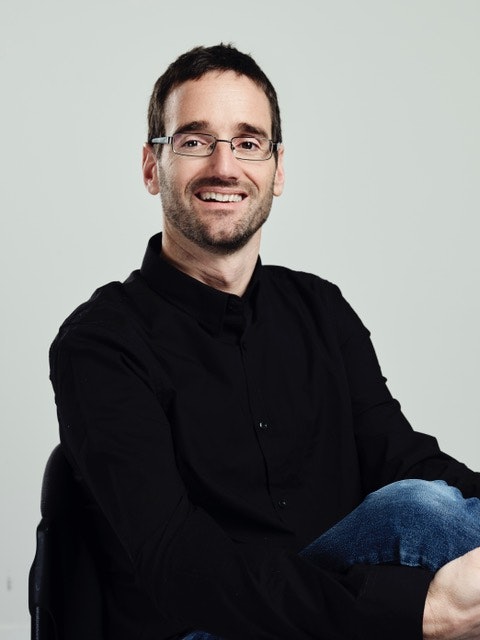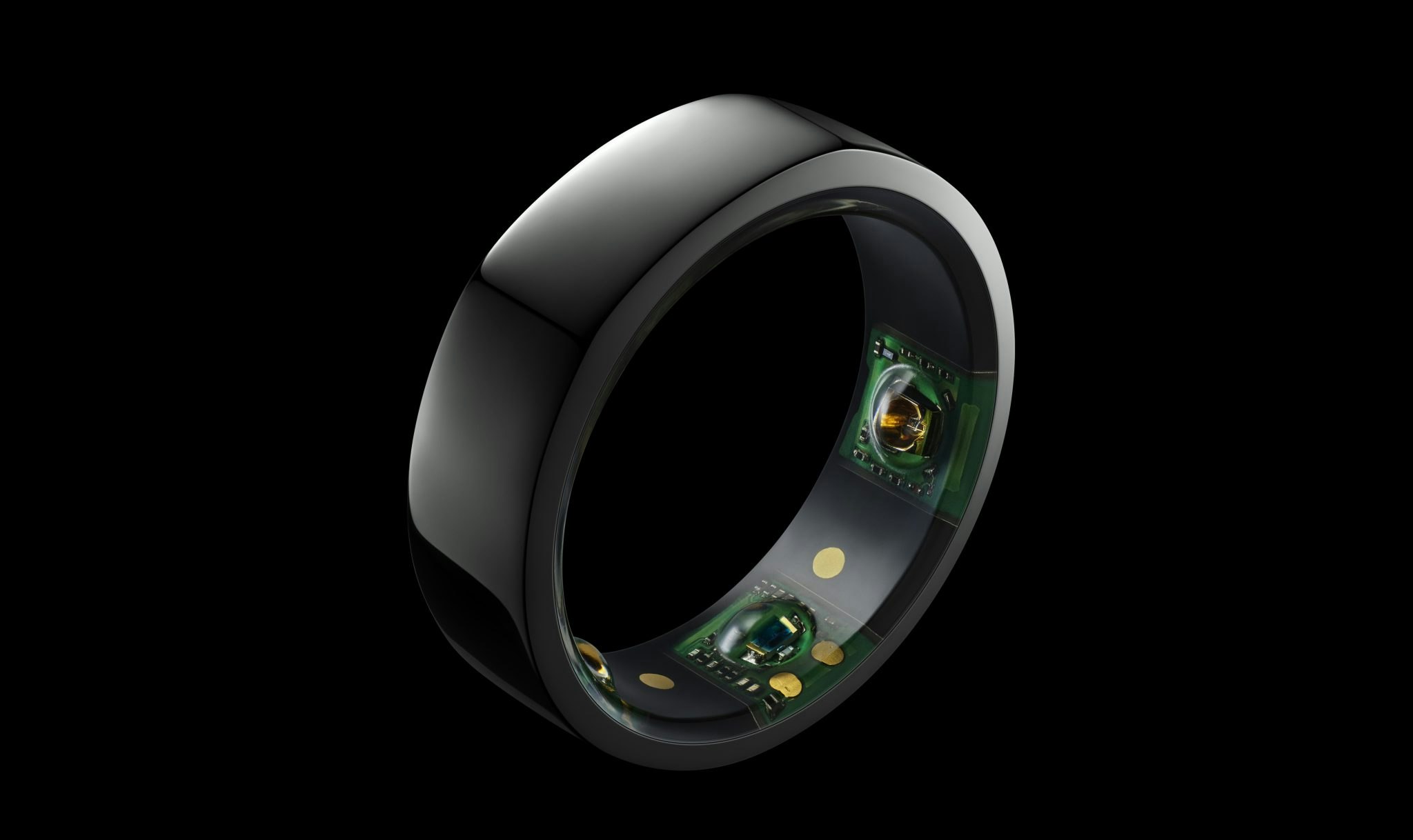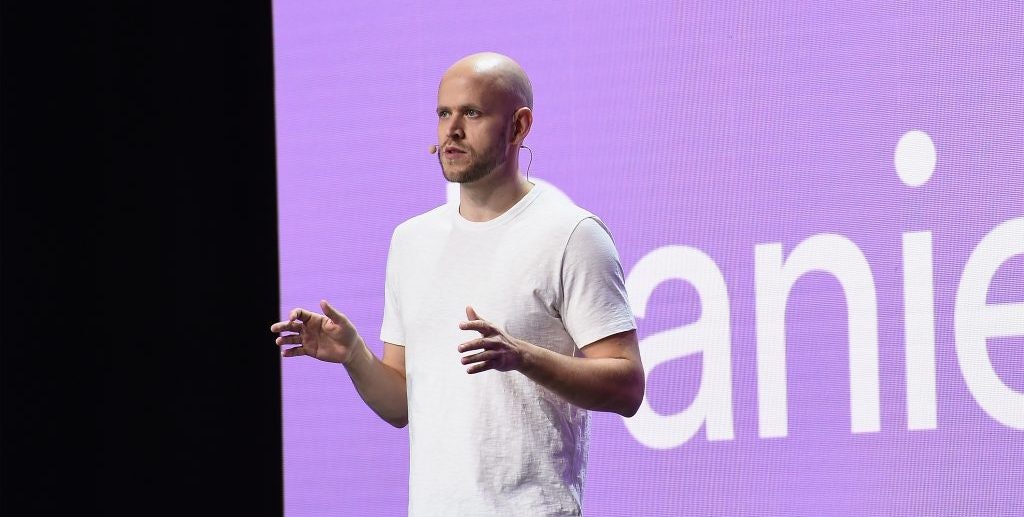Swiss startups Aktiia has beaten Fitbit, Apple and other tech giants to become the first company to get regulatory approval to sell a wearable bracelet which measures blood pressure.
The company on Tuesday said that it had won a CE marking for its bracelet which allows it to sell its wearable in the European Economic Area and in some other countries such as the UK, Australia and Canada.
Speaking to Sifted, Aktiia chief executive Michael Kisch said that the bracelet, which they have developed with an optical sensor to measure a users’ blood pressure 100 times a week, is not just a consumer gadget. It has taken 15 years of trial and error to develop and is extremely precise.
“The data that we're gathering is medical grade and it's been clinically validated in multiple studies. Ultimately we want physicians, as well as the consumers of the product, to be comfortable with the data,” says Kisch.
Being classified as a medical device, he hopes this will make Aktiia stand out from other wearable health product makers. “Most doctors don't trust consumer wearable data. And I think that's where we're very different and pursuing a different approach – we have to achieve that higher standard.”
Focus on high blood pressure
Cardiovascular diseases are the number one cause of death globally, taking an estimated 17.9m lives each year, according to the World Health Organisation (WHO). And with the share of people with high blood pressure, also called hypertension, expected to grow from 26% in 2019 to 29% in 2025, the burden on public health will increase.
According to Kisch, a large percentage of the population with high blood pressure is never properly diagnosed.
“Some people are given drugs that don't need drugs. And then some people are not provided treatment, who need treatment. This is at the core of what Aktiia is doing. It's not about the hardware, it's about that data and giving people that deeper understanding so that they can get accurately diagnosed and treated,” Kisch says.
Most doctors don't trust consumer wearable data
The measurement tools for high blood pressure, both used at home and at a clinical setting, haven’t changed much the last century. With a wearable with multiple readings a day, this could change, he says.
Kisch shows the chart displayed on his app with data collected from the bracelet. It shows a noticeable decrease in blood pressure measured during the night in comparison to daytime data.
“That's a healthy pattern. But a large percentage of people don't experience that and that puts them at higher risk. Right now, it's very difficult to find those people within the hypertensive population,” Kisch says.
Lifestyle coaching
According to Josep Solà, the cofounder and chief technical officer of Aktiia, there are many other things that the company can do with this data apart from helping the patients finding out about how the blood pressure fluctuates.
“By having this continuous flow of data, day or night, you can coach that person to improve the lifestyle, medication or his or her diet.”

By testing the product on its employees for the last couple of years, Aktiia already has over 1m data points on their servers waiting to be analysed.
“Having this data allows us to really have an impact on the way people are being diagnosed and how they're being medically treated as well as how you eat etc. For this, the sky’s the limit, nothing has been done yet,” Sola says.
Research on optical sensors since 2004
Aktiia, which was founded back in 2018, is a spinoff from the Swiss Center for Electronics and Microtechnology, where Sola and Mattia Bertschi were working on the technology for many years.
“By 2004, we realised that these optical sensors had a huge potential, and they were underused. And when we started we didn't only focus on blood pressure but on heart rate, pregnancy and we did a lot of things. But we soon realised that heart rate and those things were too easy and that everyone would do them at the end of the day,” Sola tells Sifted.
By 2015 the research of Sola and Bertschi started to see results. That was when they decided to leverage their hard and commercialise the results.
So how does it work?
The algorithms of Aktiia, in combination with the optical sensors worn on the wrist, provide blood pressure values by analysing certain signals generated by the change of the diameter of the arteries occurring at each heartbeat of the user.

By only focusing on blood pressure, Aktiia has managed to get by on the $10m it has raised between 2018 and 2020.
“Where most startups in the US and Europe have failed is that they have tried to focus on more areas than just blood pressure,” Sola says.
“All of them failed because they either didn't have the money to fail on the research and start again, or they had something that was good but they got mixed up with all the parameters and at some point, you need to focus.”
So why launch in the UK?
According to Kisch, the UK is the largest market in Europe for blood pressure monitors and was, therefore, a natural choice for the launch.
“But we're very quickly going to move into France, Germany, Switzerland and the Netherlands. This will be something that will move very quickly over the course of the next 6 to 12 months,” Kisch adds.



